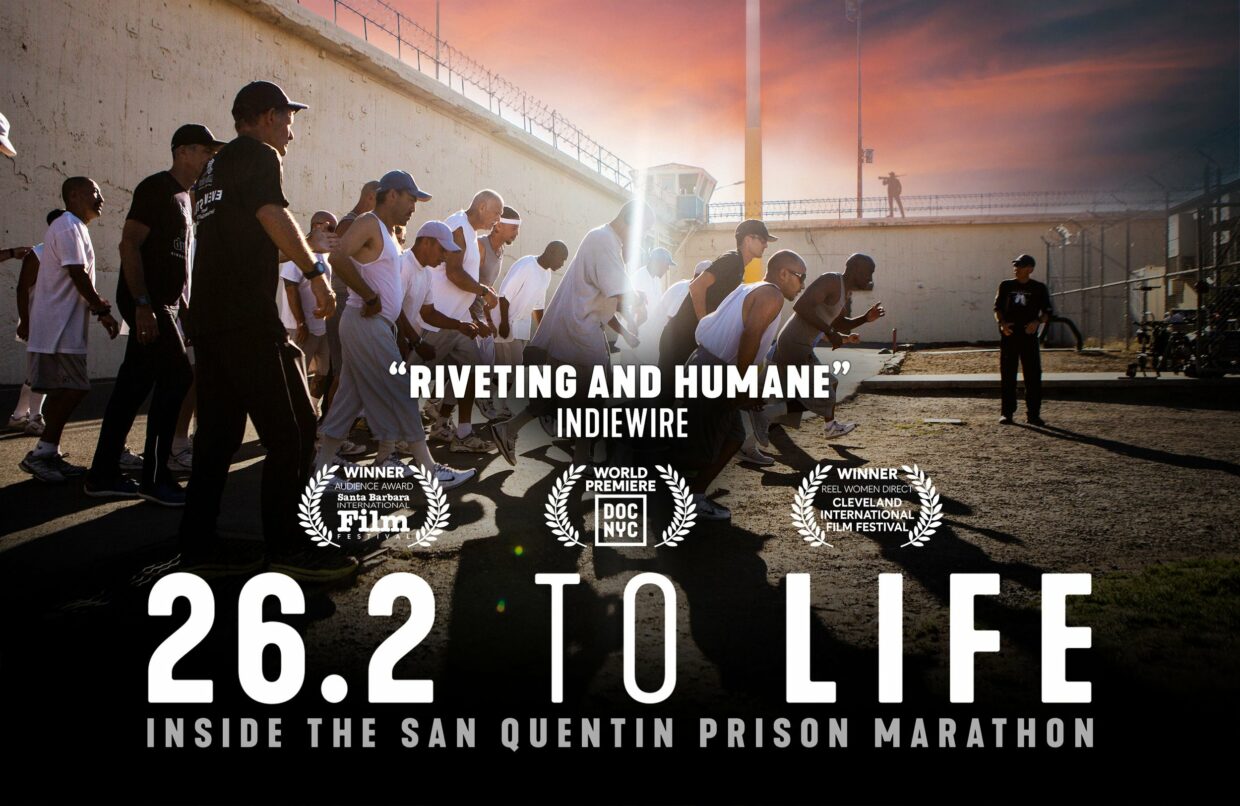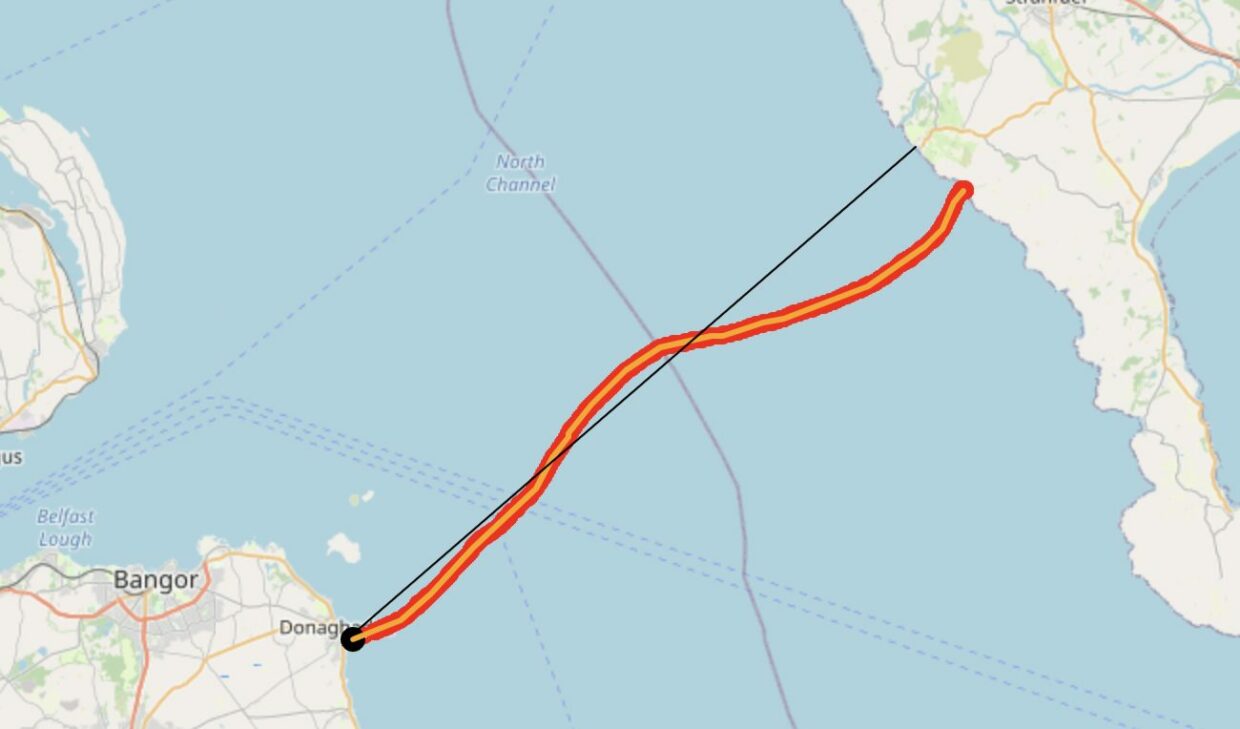The vegan fitness world is aflutter and atwitter about a new documentary miniseries on Netflix called You Are What You Eat: A Twins Experiment. The show follows a recent Stanford experiment in which pairs of identical twins were randomly assigned vegan and omnivore diets and their metrics were followed for eight weeks. Everyone I talk to about this is a certifiable fitness nerd–including myself–so here is the link to the actual JAMA publication and here is the write-up from the Stanford comms department. In the areas of cardiovascular health and telomere length, the subjects on the vegan diet did better than their omnivore twins:
At three time points — at the beginning of the trial, at four weeks and at eight weeks — researchers weighed the participants and drew their blood. The average baseline LDL-C level for the vegans was 110.7 mg/dL and 118.5 mg/dL for the omnivore participants; it dropped to 95.5 for vegans and 116.1 for omnivores at the end of the study. The optimal healthy LDL-C level is less than 100.
Because the participants already had healthy LDL-C levels, there was less room for improvement, Gardner said, speculating that participants who had higher baseline levels would show greater change.
The vegan participants also showed about a 20% drop in fasting insulin — higher insulin level is a risk factor for developing diabetes. The vegans also lost an average of 4.2 more pounds than the omnivores.
But when it got to weight and body composition, things got a lot trickier. A big challenge in comparing weight loss and muscle gain has to do with the distribution of macronutrients across the two diets: a higher consumption of protein supports muscle growth. I fished out the table from the supplement comparing the macro contents of the diets, which shows that protein provision and consumption among the vegan group was significantly lower than among the omnivorous group. This was true both for the Trifecta meals and for the self-provided ones.

On one hand, this sets up the vegan group to fail: they had fewer muscle building blocks than their omnivore counterparts. On the other hand, this situation may not be all that dissimilar to how vegans and omnivores eat in the wild. For all the good times we have mocking omnivores who inquire “where we get our protein,” when someone is actively strength training and striving to build muscle the quest for protein feels a little bit like nutrition Tetris. I should know: last year I read Stacy Sims’ wonderful book Next Level, about women athletes in perimenopause and menopause. Sims, who studies exercise physiology and is a leading voice in the quest to recognize the uniqueness of female physique (“women are not small men”), emphasizes the importance of lifting heavy, eating protein, improving explosive power through sprints and HIIT, and building strong bones through plyometric sets. It was because of that (and with the help of coach Celeste St. Pierre, as well as coaches Karina Inkster and Zoe Peled) that I changed my training regime quite dramatically. With the new emphasis on strength, I’ve joined the ranks of vegans who are strategic about the protein content of their meals. Sadly, the nutrition breakthrough study we are all waiting for, which will uncover the life-giving properties of pasta with tomato sauce, is not in the cards, and in addition to a lot of protein in my meals, I’m also emphasizing it in my snacks (more on that in a bit.)
But the problem of body composition is by no means endemic to vegans. As Prof. Gardner explains on the show, nutrition studies are notoriously untrustworthy because they require human compliance in areas that are difficult to measure. To try and counter this problem, the research team provided the twins with prepared meals from Trifecta for the first four weeks. The twins also received terrific strength coaching. But it turned out that the twins did not follow these plans to the letter. The subjects who were interviewed said that they skipped carbs (the meals seemed “too carby” to them) and added a lot of cardio to the strength workouts; the nutritionist scolded them for “wasting all that beautiful muscle” that they were building on the diet. Other subjects really struggled to eat enough to build muscle. This fantastic article by powerlifter and strength training coach Casey Johnston explains what’s what. If you’ll look at her avocado diagram, you’ll immediately grasp the problem with conventional dieting: one wants to lose fat, so one cuts calories, but in the process loses muscle as well. When one despairs of the diet and regains the weight, that weight is fat–so now one is bigger but has lost muscle. The next diet will lead to more loss of fat and muscle combined, followed by regaining fat but not muscle, etc. etc. In other words:

What I learned from the twins experiment is that reversing this trend by eating very little or by doing heaps of cardio is a quest destined to fail. For a while, at the beginning of a quest journey, beginners might see a change in body composition that encompasses both muscle gain and fat loss. But after that magical “newbie gains” period, body recomposition becomes much more elusive, and the only way to accomplish it is by periodizing one’s goals: spending a few months bulking (eating more, building more muscle *and* fat) and then a few months cutting (eating less but still strength training to lose the fat):

I know people whose lives revolve around lifting and the gym, and who can devote a considerable portion of their brain space to grams of protein and weightlifting sets. And if I had more time, I might become one of those people; as it happens, I’m working *and* studying full time, which is why I have paid people to do the thinking for me (I just follow the workouts on the app and try to watch my macros). Thankfully, we live in the future: some of my new snacks include conveniently packaged lupini beans and the most wonderful vegan Italian prosciutto and carpaccio (these are not cheap treats, alas. I really hope to see high quality vegan meats, etc., become less expensive in the very near future). The more profound aspect of this is that it is hard, but essential (I think), to leave behind the vacuous appearance-related aspirations and to make the journey about function: gaining muscle and becoming stronger is its own reward.
Here’s how I know: when my beloved father got ill, when I was training regularly, I flew out to be with him at the hospital, and packed a bunch of stuff in my wheelie bag, as I didn’t know how long I was going for. Or was it a trip to a conference? Anyway, it was when I was still increasing weights quite frequently from workout to workout. When I got inside the plane, I braced myself for the dreaded lift of the wheelie bag into the overhead compartment (“lady, do you need help?”). Reader, IT WAS CHILD’S PLAY. I was truly amazed at how much spending 20 minutes in my garage a few times a week improved my quality of life.
I’ve now spent a few months sitting on my butt and doing nothing in the exercise and fitness department: I’ve been busy with my new scholarly pursuits, and the grief and horror have been too great. But I’m not helping anyone, least of all myself, by eating things that make me unwell and letting go of my strength, mobility, and agility. So, it’s back on track for me. The dream of a dramatically chiseled and trim appearance is over. I’m going to focus my attention on aggressively improving my quality of life, so that I can continue to productively contribute my efforts to the world–raising my son, finishing my new schooling, launching a new scholarly adventure, forging a fresh career path, building new community–for many years to come.







